The Article
MiniZap Noise Reducers From Russ Andrews
19th February 2020
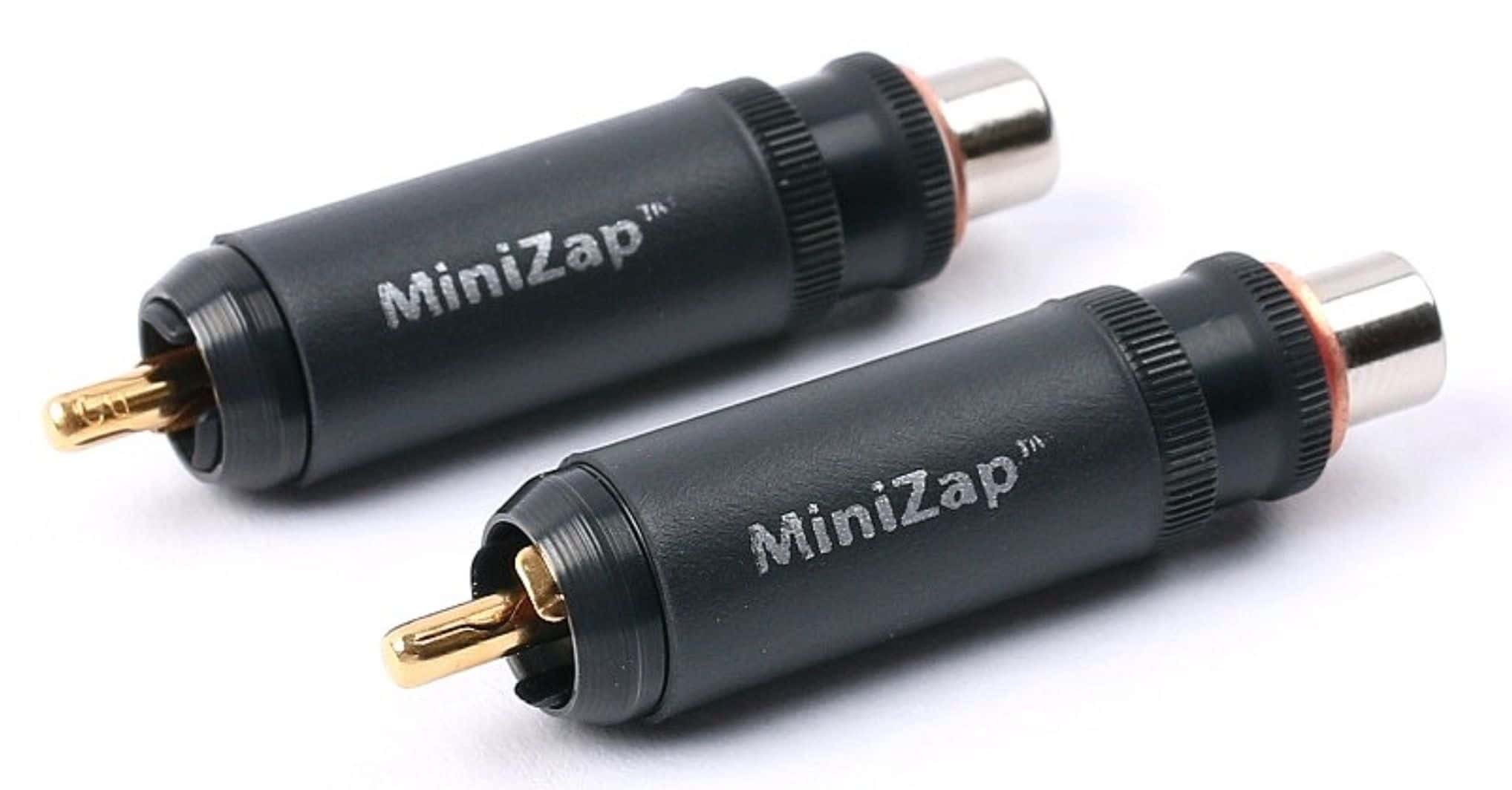
Created to reduce noise and enhance music detail, Paul Rigby reviews the MiniZap inline RCA filters
As a music fan, my main enemy in the battle to achieve excellent sound quality is noise. Noise of various types, everything from RF to static but high frequency noise more than anything else. Its parasitic, latches on and infuses all variants of hi-fi equipment like a sonic virus and does a great job of masking musical detail, cutting off information to the ears, lowering the performance of the hi-fi as a whole and reducing the effectiveness of your nature hi-fi chain. It comes from dozens of sources, your mains supply, the profusion of switch mode power supplies from modern technology, mobile phones, Wi-Fi, other pieces of hi-fi, bad cabling, internal house appliances, outside street lighting, next door’s kettle, those 3-pronged plugs with a USB slot in one end that are everywhere nowadays, the PlayStation in use two doors down the road…I could write a 1000 word list.
I hate the stuff. It’s my own personal Moriarty. And not just mine, it appears. I’ve finished reading an online rant of frustration on RFI high frequency noise by hi-fi designer, Graham Slee who listed a host of current bad build practices which makes the infusion of high frequency noise greater for no other reason than good design principles are not being adhered to.
High frequency noise comes from all angles but most people do nothing about it because they’re not aware its there until it’s gone and many don’t try to remove it in the first place. Because this stuff is not obvious like a pneumatic drill or a baby crying, it’s often ignored. When it does go though, you really hear the difference. Greater clarity, more detail and focus. After lowering heaps of high frequency noise I’ve even heard entire instruments newly appear from the rear of the mix.
I use a large toolbox to rid myself of noise. In fact, I spend just as much time on selecting and installing these ancillaries as I do the main hi-fi components. They include quality hi-fi shelving, cables, turntable stabilisers and platter mats, isolation feet, grounding boxes and the removal of noise sources like mobile phones, laptops and wi-fi extenders (at least during play). Noise arrives across a wide spectrum so you can never have too many of these tools because they often tackle one particular noise type.
When I heard about these MiniZaps, I was eager to try them because they are used directly on interconnect cables. They’re described as a dissipative filter, created to absorb high frequency noise. A version of the speaker Zapperators currently on sale, the filters arrive inside a WBT plug, specifically the WBT-0110Cu.
Basically, a MiniZap is an inline plug into which the cable slots, either analogue or digital. This cable-integral version is particularly designed to be active above SHF (above 800MHz) including the 2 to 4GHz area of wireless ‘consumer’ equipment, “It is essentially non-leaded,” said the company, “which means much less inductance in the connections, which otherwise diminishes and ultimately ‘messes-up’ the Zapperator. This extension deeper into microwave territory of the new Zapperator-class component is achieved by the parts being ‘built across’ the conductor (cable) ends, as part of a ‘Y node’. Meaning the port, the cable end and the Zapperator terminations are all joined as and at a star point. This is a specialised and delicate procedure, since few audio cables of any sort are ideally structured for microwave engineering, nor are the usual connectors. If they are, they are often then unsuited to high-end audio.”
So do they do the job?
SOUND QUALITY
I began with a pair of Tellurium Q Blue interconnects and attached the MiniZap plugs to the cables running from my pre-amp to my phono amp and then my pre to power amp while listening to Nat ‘King’ Cole’s Thanks to You From the album, Love. I first tested the positioning of the MiniZaps and so listened to them at the phono amp end and then the pre-amp end.
I found the amplifier end a better placement. The MiniZaps connected to the pre-amp end sounded a little thin in the vocal delivery with a slight lifting of the mids. The performance was much better at the amplifier end.
Testing the MiniZaps in my preferred cable positioning, I did notice improvements across various elements of the soundstage. For example, there were general enhancements of focus and precision across the soundstage which tightened bass and separated the lead vocal from the backing orchestra. This improved imagery and the delivery of detail.
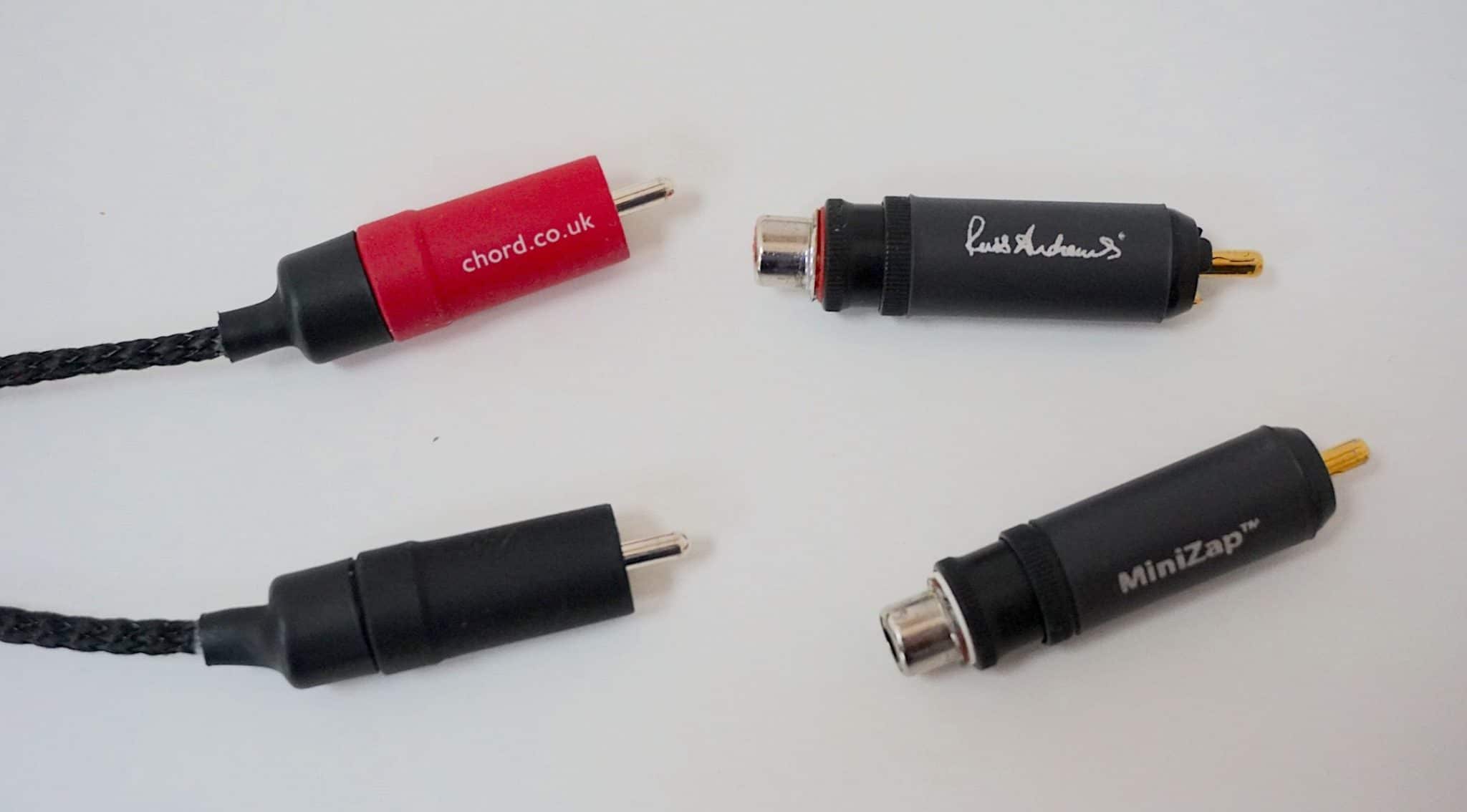
The only issue I had at this point was the degree of improvement. For the price I expected more. If the MiniZaps were positioned around half the price then I would have been happier. There was a definite improvement, nevertheless. Instrumental separation, for example, improved and no doubt the reason for that was a lowering of noise. It was the amount of noise reduced that I had issue with, I wanted the MiniZaps to go further than they did.
Maybe my Tellurium Q cables were at fault? Maybe they were too good? Negating such of the good work done by the MiniZaps perhaps? I changed the cable to a QED Reference digital running between my CD player and Benchmark DAC, playing Howard Jones’ What is Love?
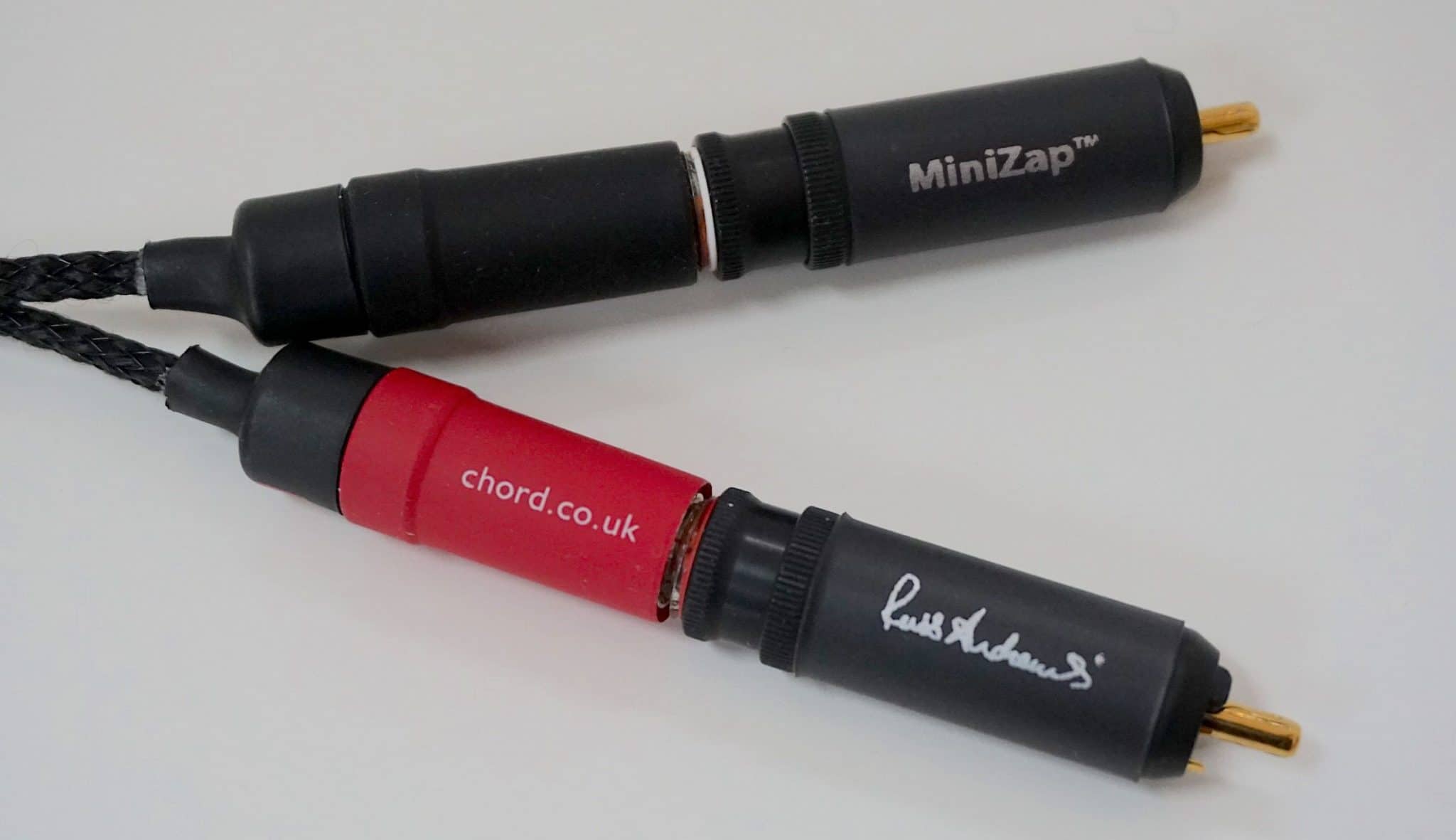
Placing the MiniZaps at the DAC end I again heard improvements, as before. Now, this was different. In a good way. There was a definite and obviously more significant reduction in noise here, right across the soundstage that opened up the midrange and treble, infusing it with air. The reverb performance was of special note, whether they tailed from the vocal or from a percussive strike, there was much more room for the tails to roam while the bass enjoyed extra focus.
I would say that the digital response was more impressive, at least on my system, than the analogue performance. DACs are sinks for noise so that might be the reason. It’s quite possible that my analogue chain, already the recipient of several noise reduction tools, was relatively noise free to begin with. Reducing the effect of the MiniZap plugs. The CD and DAC units, however, had zero third party noise reduction tools added to them. Which strengthened my theory. The MiniZaps was the only accessory installed. Hence, the performance was more impressive.
CONCLUSION
Should you buy a pair of MiniZap plugs? It depends. For some, they could very well be essential. For others? They will improve sound but possibly not enough to warrant a purchase. It depends on your situation and set-up. The price is a moot point too which you need to factor into the decision. I would encourage dabbling with them, in different areas of your hi-fi chain and testing each point to see if the MiniZap plugs make an appreciable difference and, if so, by how much.
For example, I would have returned the MiniZaps to Russ Andrews if I was only using my analogue chain because the improvements were there but not in abundance, at least not for me in my system. I would, on the other hand, have definitely bought a pair if I was only running my digital chain because the improvements were greater at that point.
Russ Andrews offers a money back guarantee so I would highly recommend grabbing a pair, running them all over your hi-fi and if you hate them, return them. If you hear that difference? Kick back and enjoy yourself!
RUSS ANDREWS INLINE RCA MINIZAPS
Price: £210 per pair
Website: www.russandrews.com
Tel: 01539 797300
GOOD: low noise, easy to install, midrange extension, bass focus
BAD: position dependent, price
RATING: 7
[Don’t forget to check out my new Patreon Page at www.patreon.com/audiophileman, for exclusive postings, giveaways and more!]
REFERENCE
Pro-Ject RPM3 Carbon turntable
Tellurium Blue Cables
Blue Horizon Professional Rack System
Harmonic Resolution Systems Noise Reduction Components
All vinyl was cleaned using an Audio Desk’s Ultrasonic Pro Vinyl Cleaner

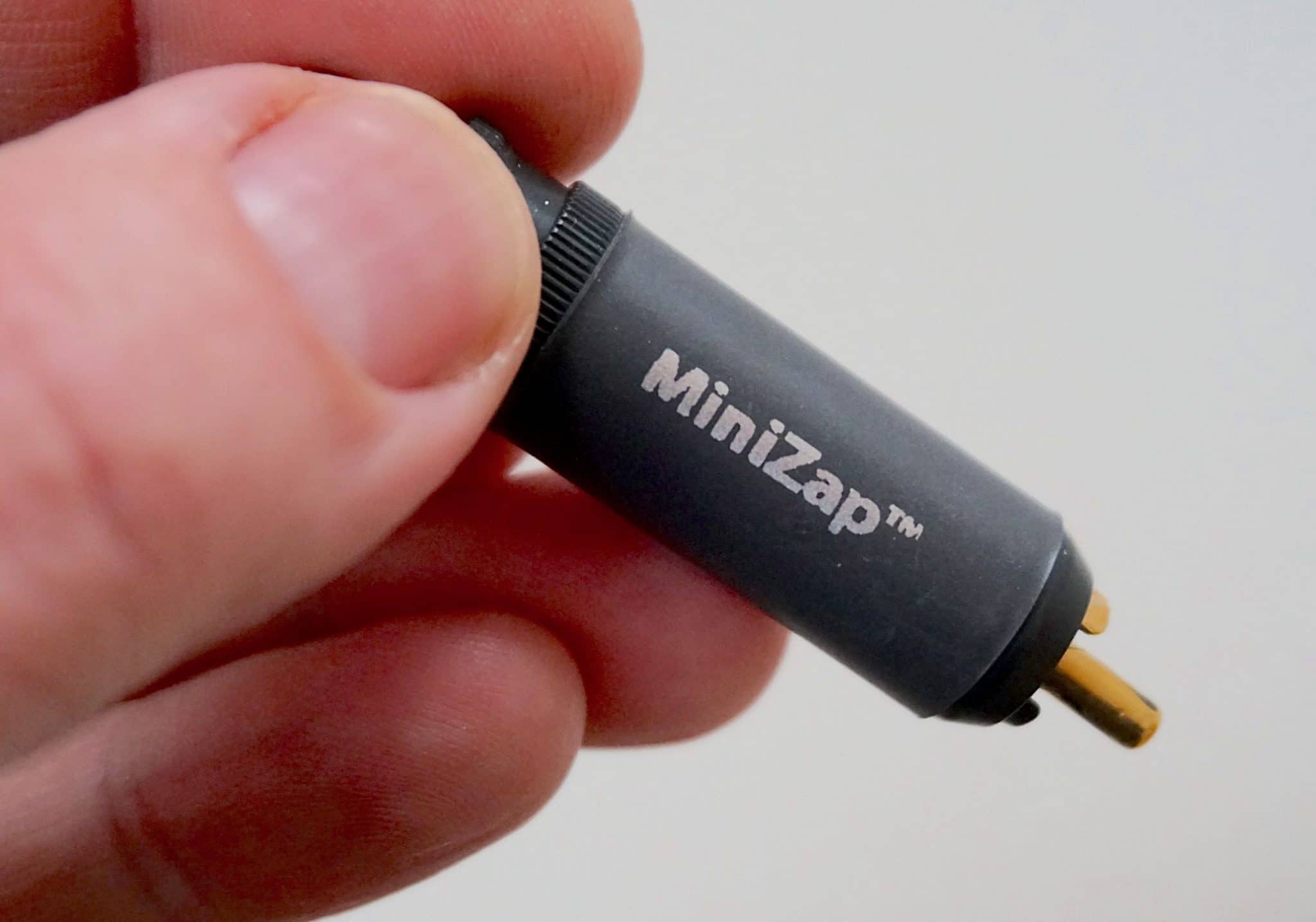
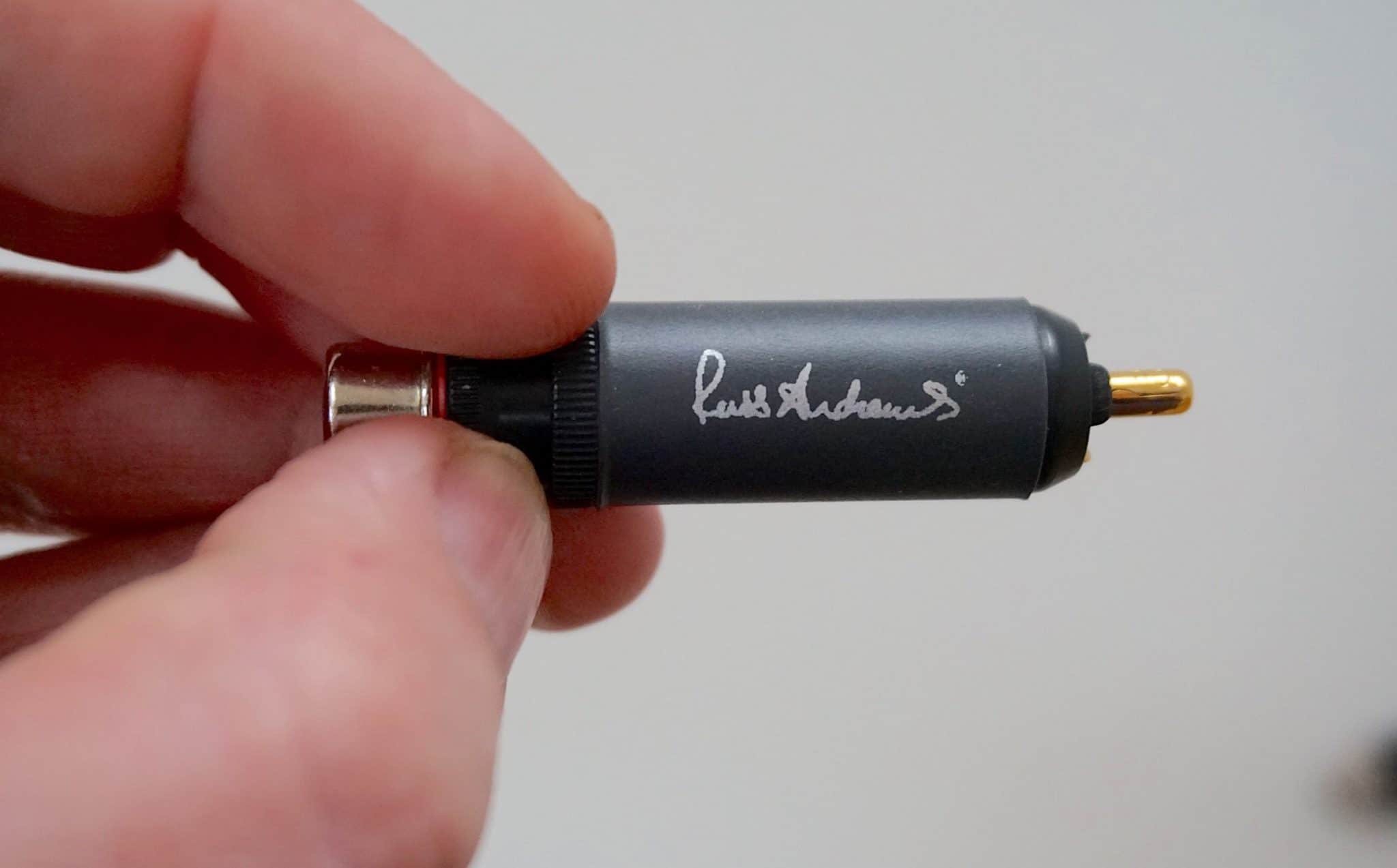
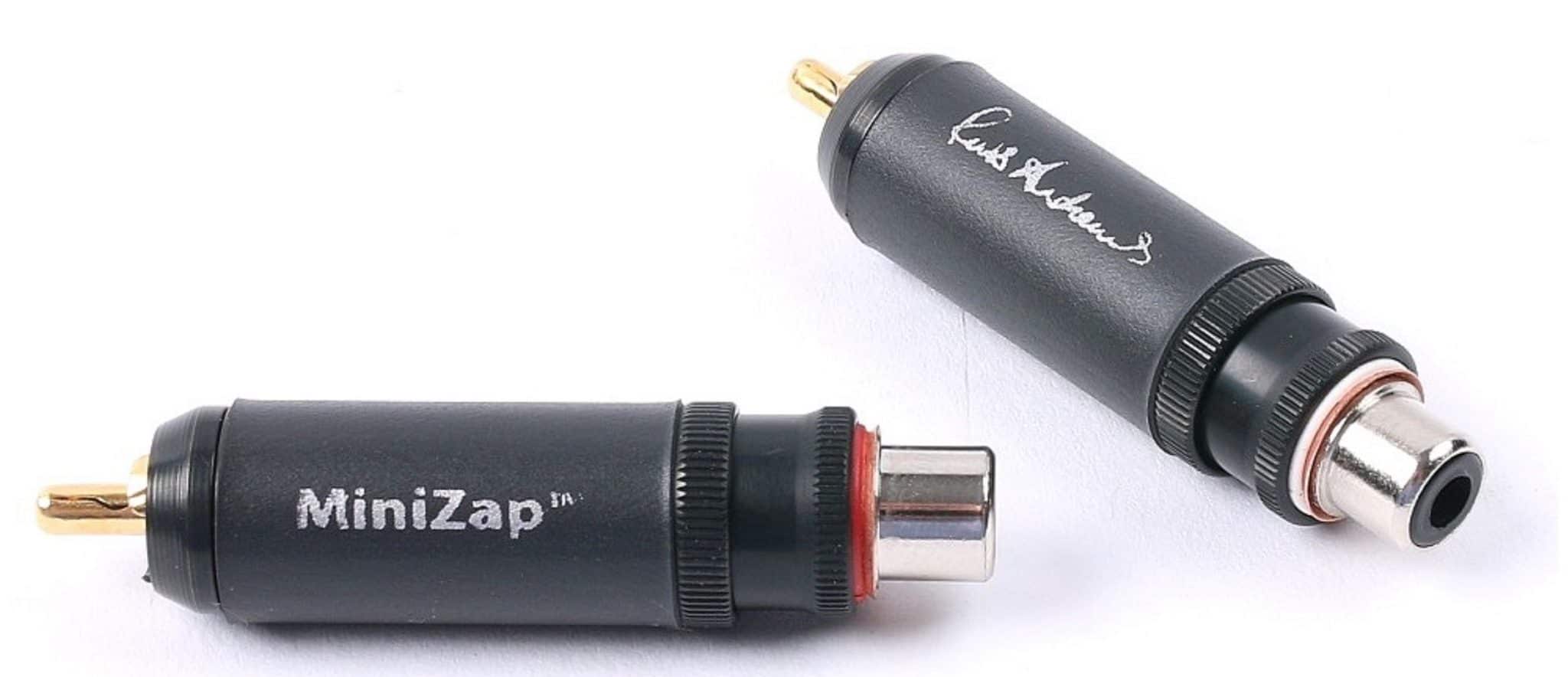
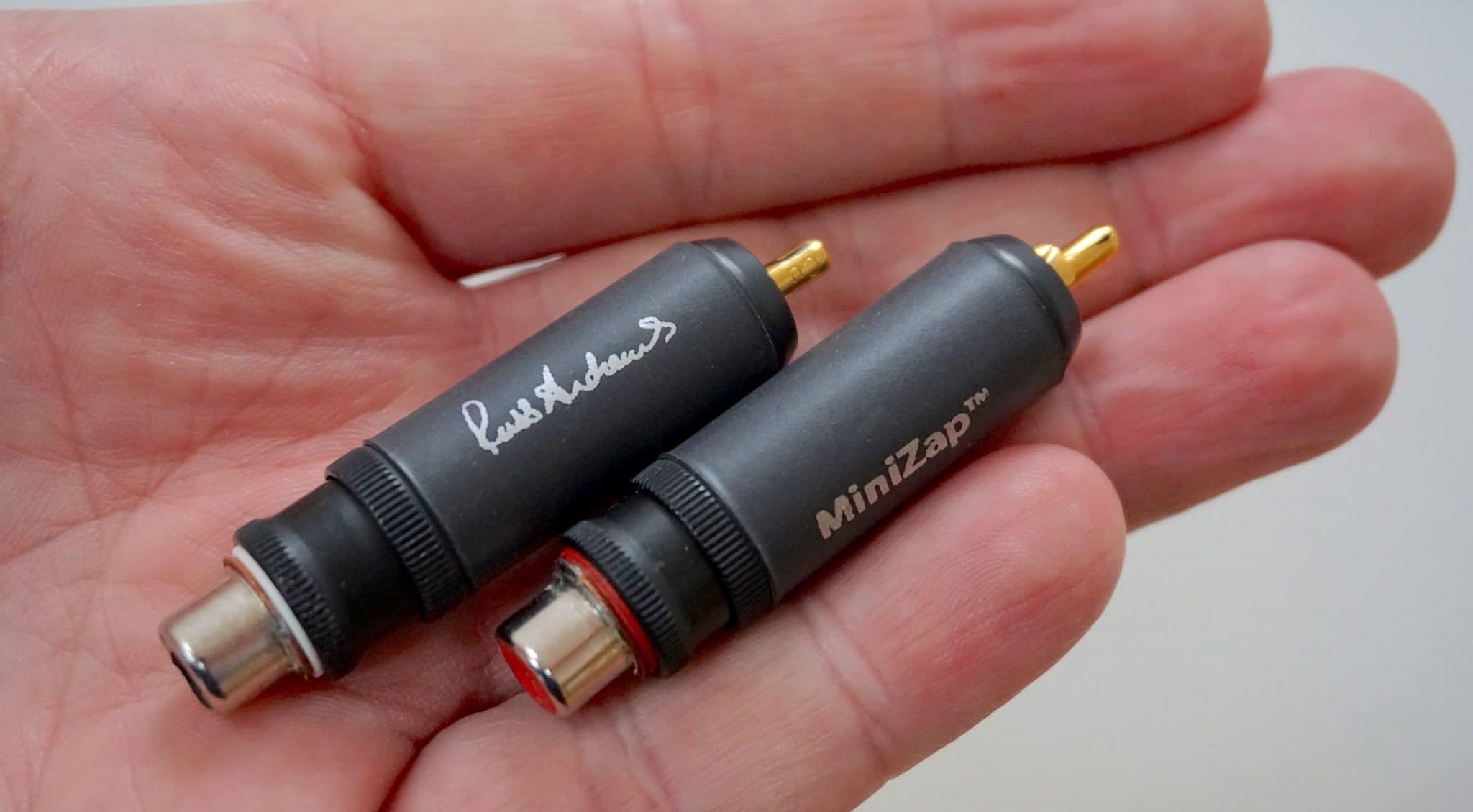
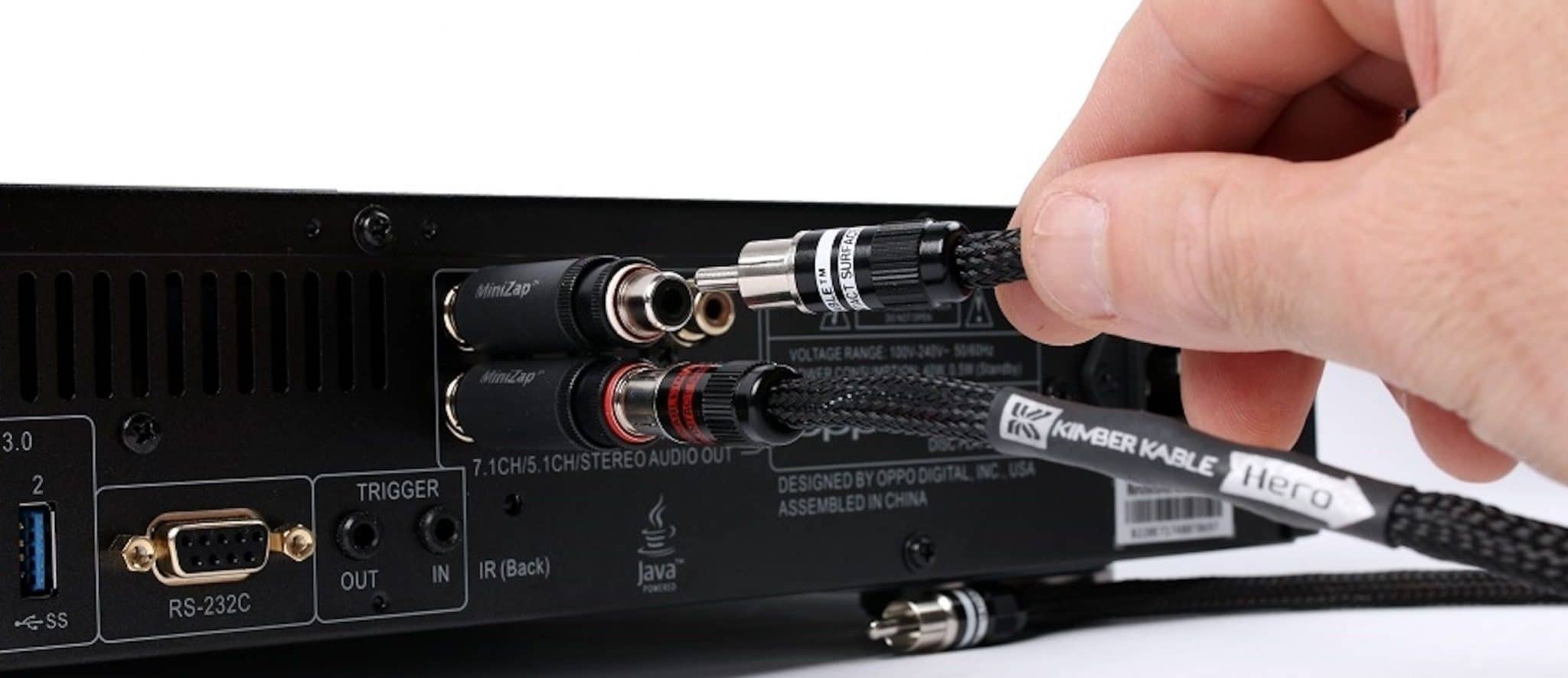
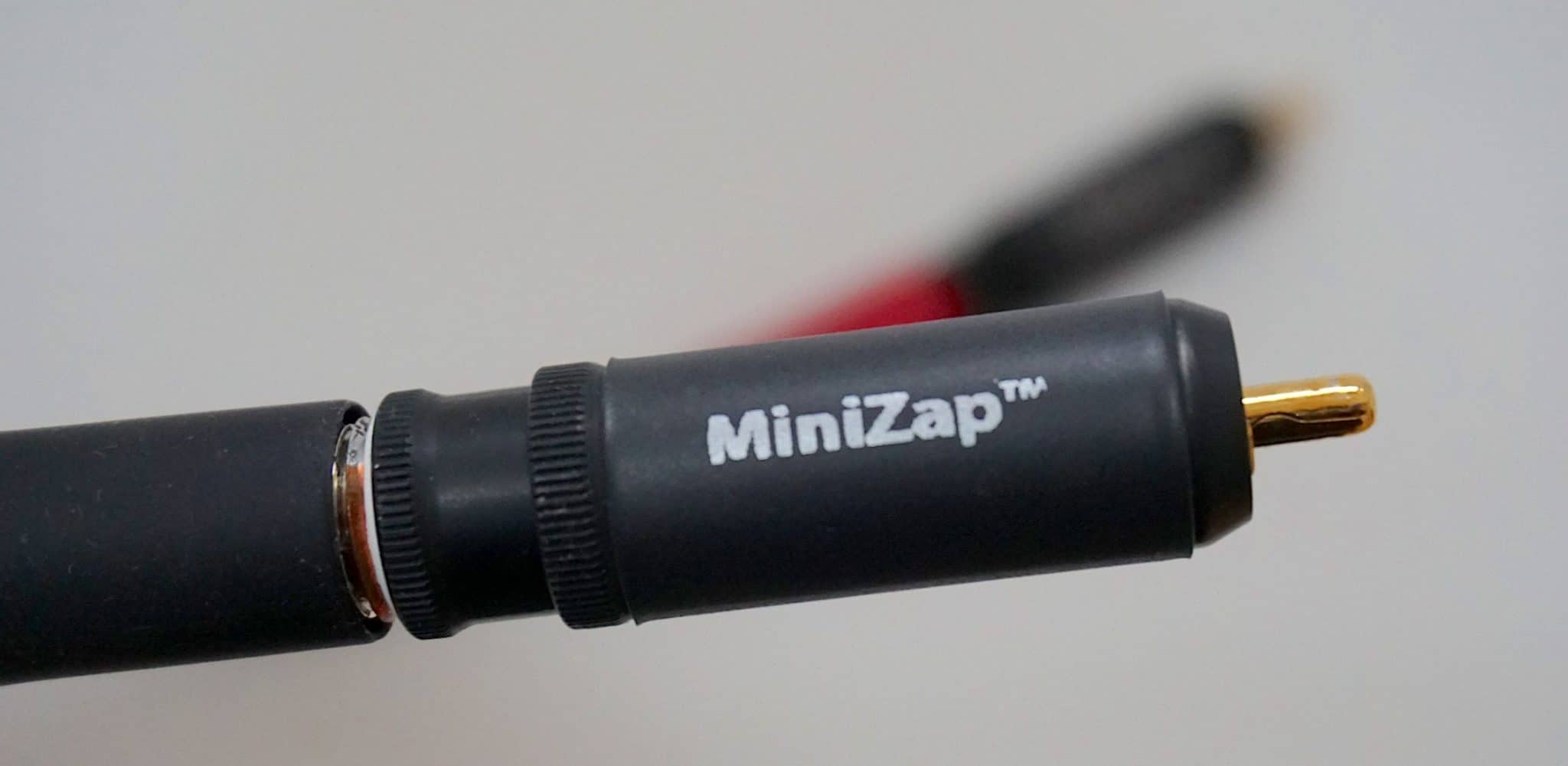
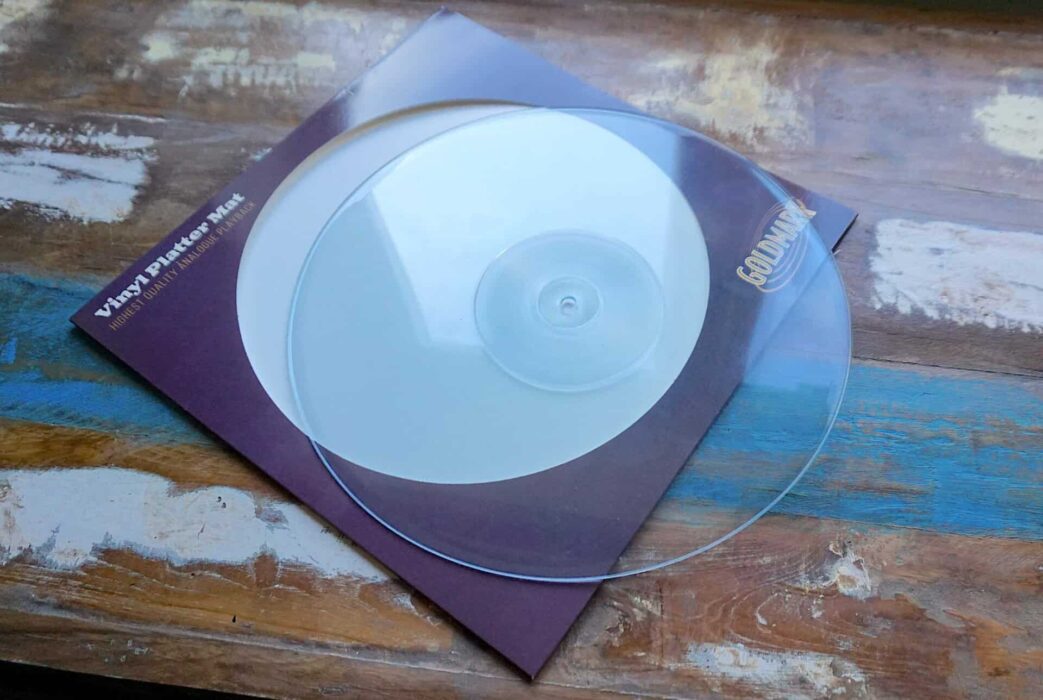
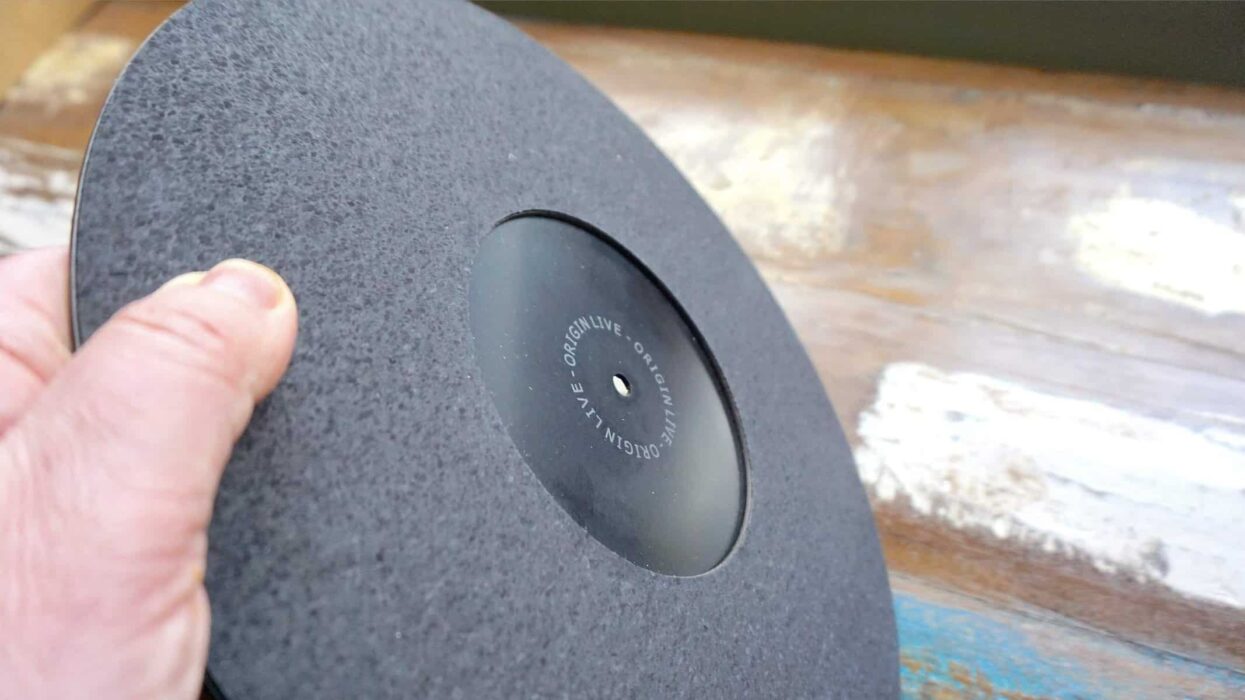
Like all Russ Andrews products they are vastly over priced. They probably cost ¬£20 to make so even if they were ¬£75 they would be overpriced. How does Russ get away with it? Not only my opinion by the way. Let’s stop listening to HI FI and just listen to the music..
ASA matter of fact, Mr Andrews…